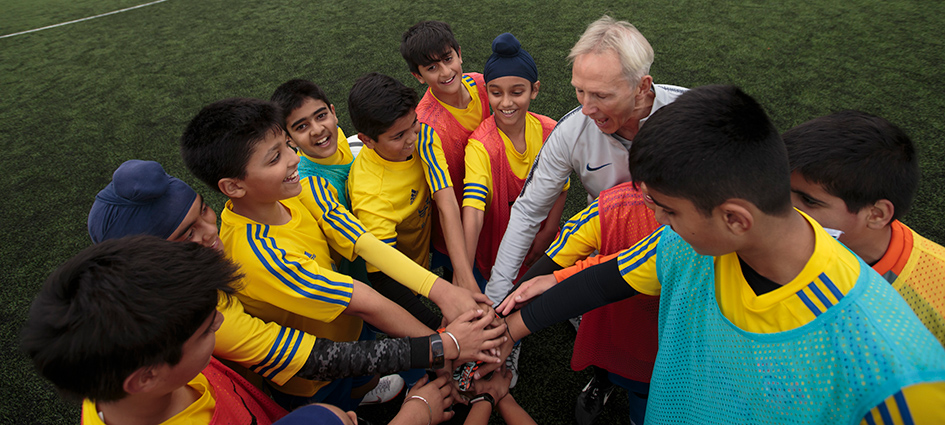
Creating a positive environment in the Youth Development Phase
- The Boot Room
- 26 May 2020
How players are coached in the Youth Development Phase will play a big role in their experience of football, affecting their enjoyment and opportunity for learning.
It’s crucial for coaches to provide the right conditions for players to thrive. It doesn't matter what setting you coach in – creating a positive environment is really important.
A positive environment is the foundation from which players can learn and perform and it allows coaches to focus on developing the individuals within the team. In the video below, England Men's manager Gareth Southgate, discusses how he applies the DNA in his own coaching with the national men’s team.
It's really important to think of matches as part of learning and development for players and to encourage them to try new things and explore their game – in the actual game, and not just in training. Coaching and learning takes place both during training and on matchdays, as well as on and off the pitch. The Youth Development Phase DNA argues that the environment should stay consistently positive, across play, practice and competition, to allow players to truly be themselves and play with freedom.
England Men's youth teams coach, Kevin Betsy, summarises the approach taken by the England coaches in the Youth Development Phase:
For both training and matches, using the FA Plan, Do, Review model helps coaches to effectively support and challenge their players. Depending on the setting you coach in and the reality of what's possible, this can take many forms, but it’s important to place equal value on planning, doing and reviewing.

The focus is often on the development of the players, but you as a coach will have an influence in shaping the environment, the activities and the interactions you have with them. So it’s also important to understand yourself, as Pippa Grange, former FA head of people and team development, suggests in the video below.
Your values, your experiences and even your mood will most likely impact upon the players – so it’s important to put them at the heart of your coaching and understand how you affect their learning and how you make them feel.
As a coach, you’ll have lots of decisions to make. We ask you to consider the principles of the Youth Development Phase DNA and decide what's right for your players and yourself in relation to your individual coaching setting.
To find out more, explore our Youth Development Phase DNA playlist.


